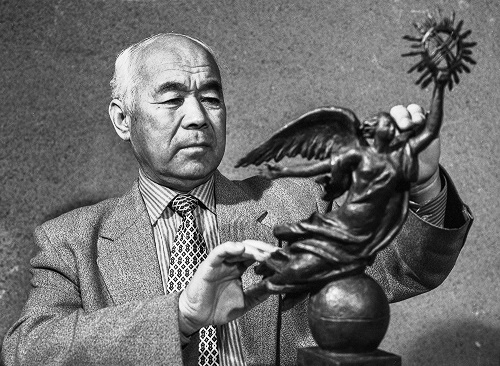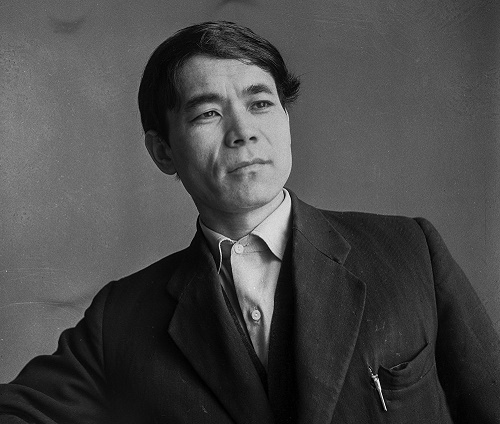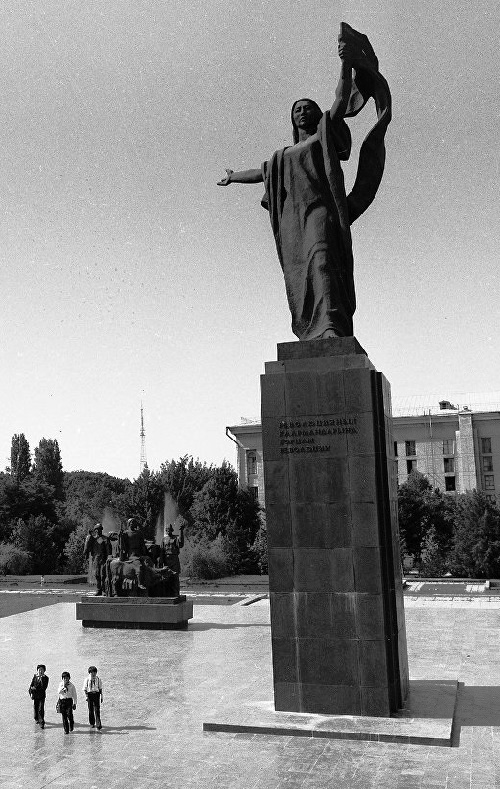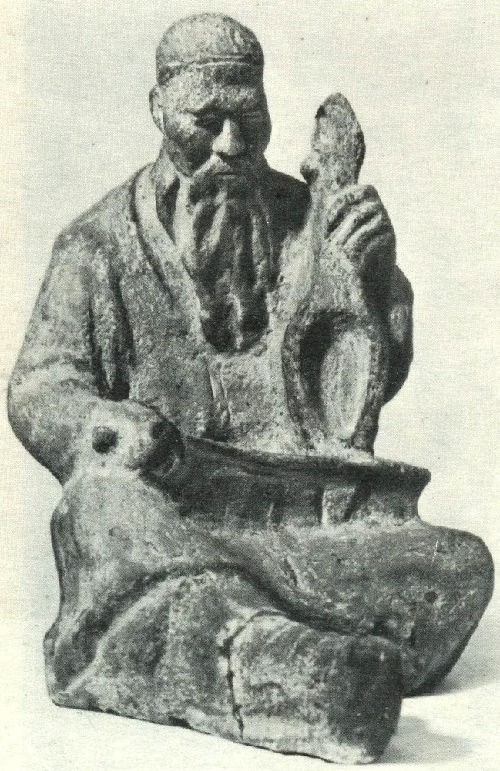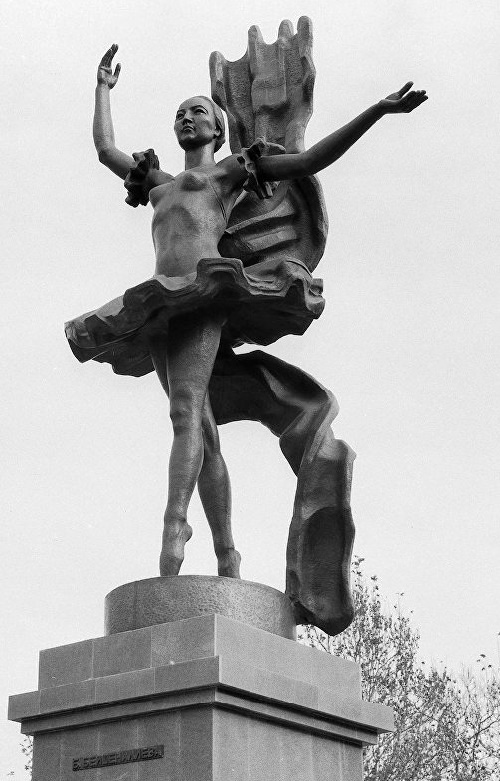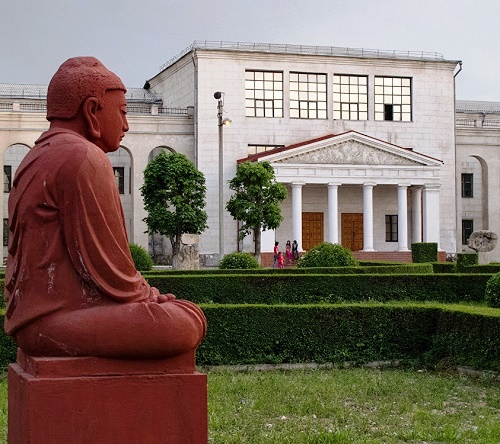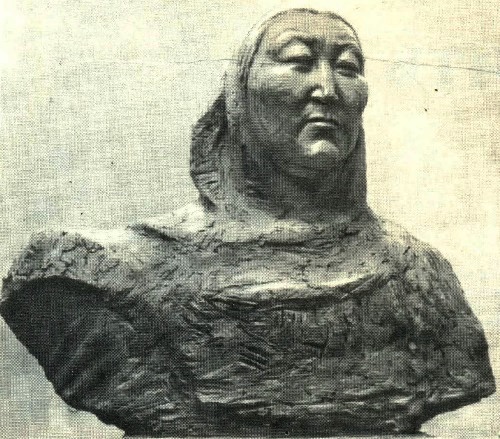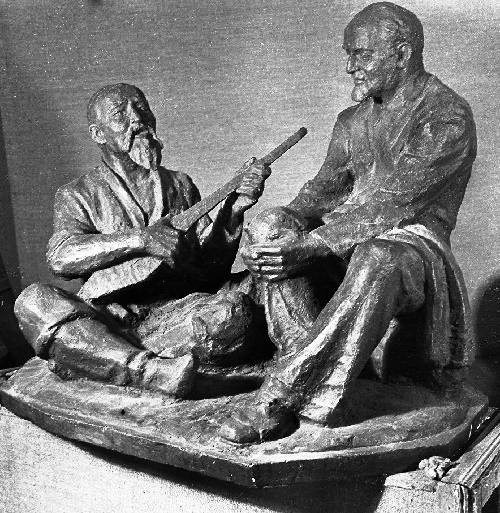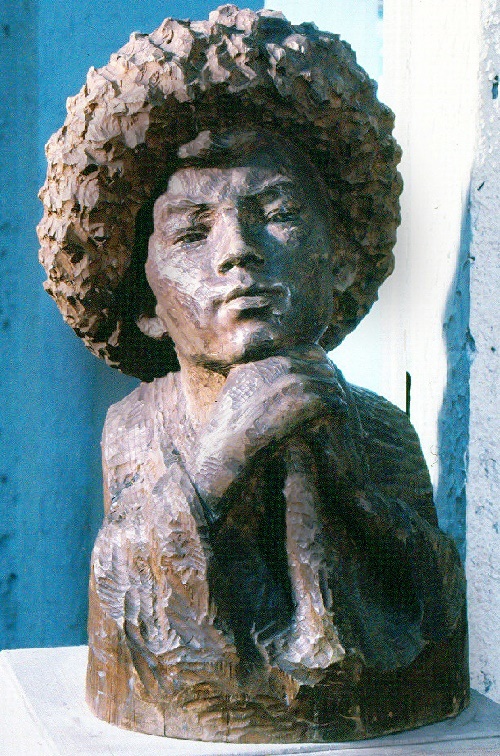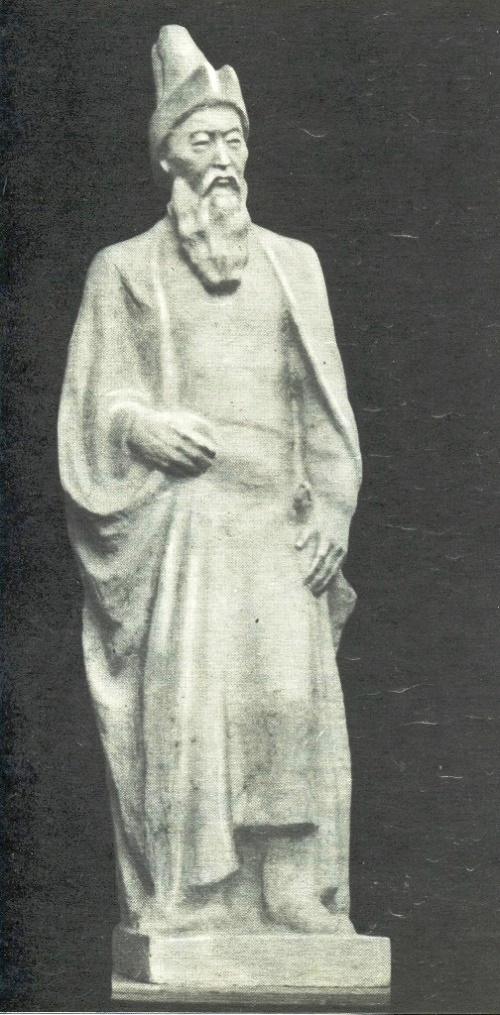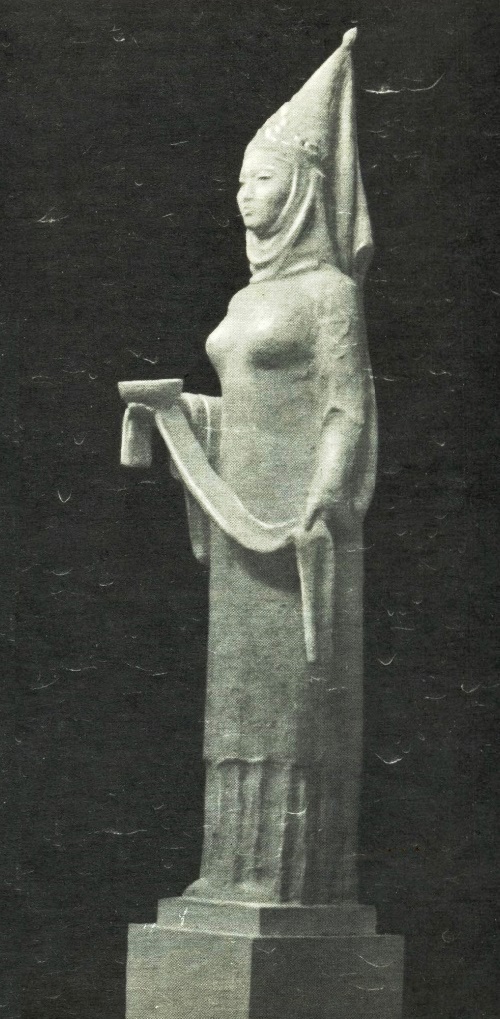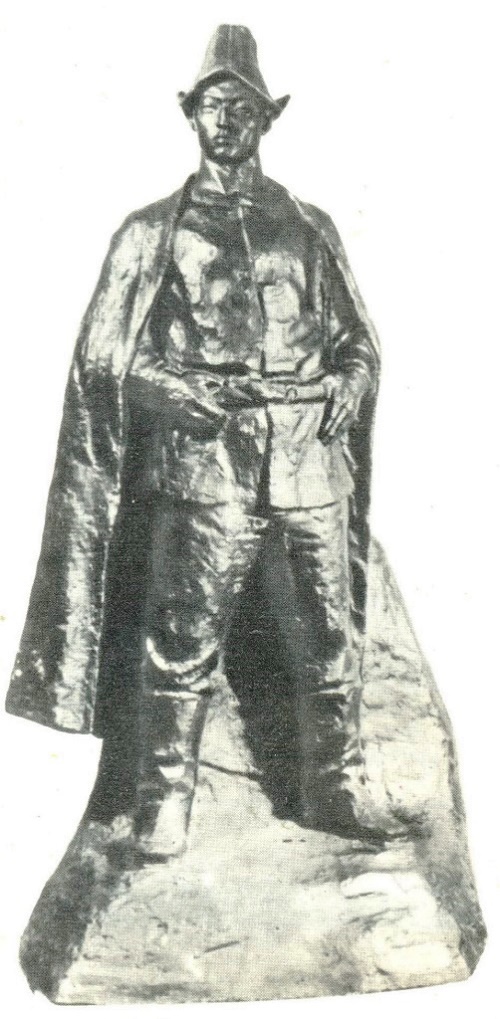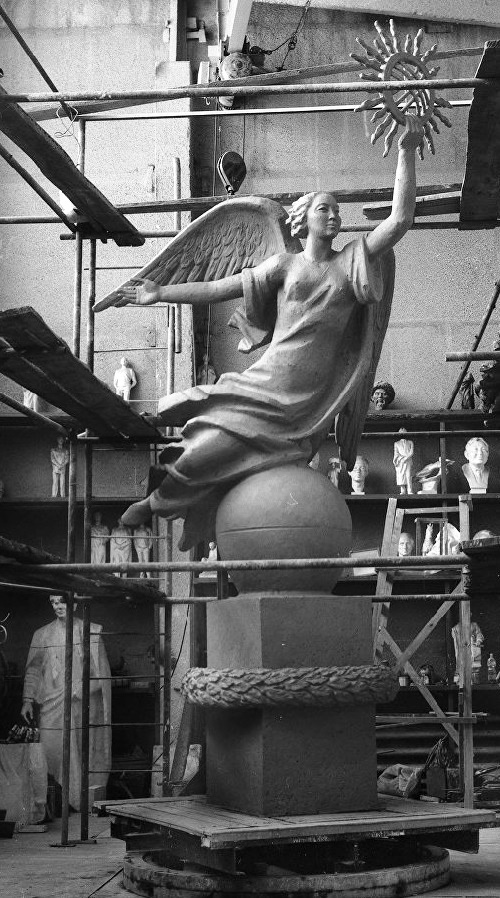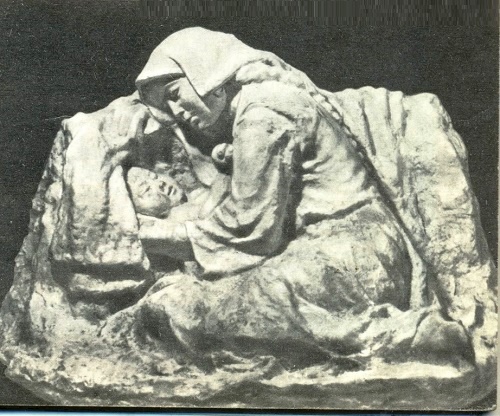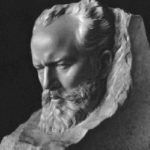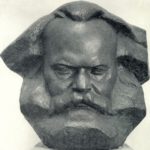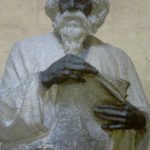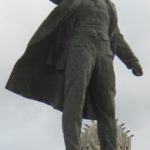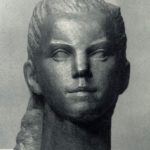Soviet Kirghiz sculptor Turgunbai Sadykov
Soviet Kirghiz sculptor Turgunbai Sadykov – Member of the Communist Party of the Soviet Union (1973), winner of the Lenin Prize (1980), Corresponding Member (1979), USSR Academy of Arts, academician (1988), People’s Artist of the Kirghiz SSR and the USSR (1986), Hero of Socialist Labor (1991), rector of the National Academy of Arts of the Kirghiz Republic (4 October 2010), Hero of Kyrgyzstan (1997). From 1985 to 1990 he was a Chairman of the Supreme Soviet of the Kirghiz SSR. Turgunbai Sadykov was born November 4, 1935 in the village of Govsuvar, Osh oblast, Kirghiz SSR. From an early age he was lucky for kind and sensitive teachers. The first school teacher noticed and always encouraged the talent of Sadykov. He was constantly busy with painting, sculpture, carving in a boarding school, where he was after his mother’s death …
In 1954, he finished school and went to Frunze to enter the Republican Art College. He decided to become a sculptor. But it turned out that in the school there was no such department. But he wanted to be a sculptor. The love of art, he imbibed with mother’s milk literally – known in the whole district master. She was good at sewing and embroidering chapans – national headwear. His father was also a national master: sewed chokhoi – special boots. His parents were farmers (peasants), tirelessly working on a wheat field and at home, were poor, but happy.
“During my childhood, the local residents had no idea that there are artists, museums, monuments Nevertheless, art permeated all our lives. Homes were decorated with carpets – Shirdaks, embroidered on silk or broadcloth wall panels – tushkiyay. Masters weaved patterned mats of high, strong stems of grass. With embroidery were decorated bags for utensils, clothing. Were chased and engraved plates of silver. The impressions of childhood gradually accumulated in me and in the end resulted in the burning desire to become a sculptor .. . ”
But having arrived in Frunze and not finding the opportunity to study the chosen specialty, Sadykov was very upset. He came to the Union of Artists, and there was an exhibition of sculptor A. Manuilova. Forgetting that came here for advice, he was eagerly looking at the statues, busts, compositions. For the first time he was able to see the work of the master so close. In this small room he has finally decided for himself – he will sure be a sculptor.
He went to the exhibition every day. Supervisor of the exhibition hall, an elderly Russian woman noticed him, and once asked: “I see you come here every day. Want me to show you this sculptor?” So, Sadykov got to the studio of Vladislav Alexandrovich Puzyrevsky, who first introduced him to the “kitchen” of the sculptural mastership. He became his disciple – washed floors, prepared the clay and, of course, learned the craft. Sadykov was happy. Puzyrevsky initiated him in the wisdom of his skill, spoke of the Leningrad Academy of Arts, from which he graduated, the teachers – famous sculptors Alexander Matveyev and Henry Manizer, about the Hermitage …
In the workshop Sadykov learned the basics of modeling, sculpture. In the Frunze Art College he studied drawing, art history, and in parallel continued to work in the studio of Puzyrevsky. Under the supervision of Puzyrevsky he created the first independent sculptural group “The Wolf and the rider.” Then he began to sculpt from life, “the boy’s head.” In 1957, the “the boy’s head” was displayed at an art exhibition of the national festival of youth of Kyrgyzstan, and he won. The first recognition was very happy and gave wings. Later, the student’s work served as the basis for the “shepherd” – the composition which Sadykov cut out of elm wood.
At the next exhibition of Kyrgyz artists, held in the autumn of 1959, except for “Shepherdess,” Sadykov showed the composition “Young Mother”, inspired by the legend. And soon the first time received an order – to perform a portrait of the Hero of Socialist Labor, the shepherd, the mother – heroine Telegei Sagynbaeva. In 1961, the “shepherd” and “Portrait of Sagynbaeva” were exhibited at the All-Union Art Exhibition in Moscow, where he visited then Soviet master sculpture, USSR People’s Artist Sergei Konenkov. To the great joy of Sadykov, Konenkov drew attention to his youthful work, noting the vividness, direct perception of nature.
After a while Sergei Konenkov invited Sadykov to visit Moscow. This meeting has played a crucial role in the formation of his outlook and creativity. Konenkov advised to continue his studies. Sadykov entered the Moscow Higher School of Industrial Art (former Stroganov), studied Russian and Soviet art. With great diligence sought to understand the Russian language – the key to the treasures of knowledge and culture. However, talks with Sergey Konenkov remained major “universities” for him.
Another teacher of Sadykov was Yekaterina Belashova, to whom Konenkov introduced Sadykov in 1962. She was then a professor of Stroganov School and secretary of the Union of Artists. A woman of great soul, a master and teacher, she has spared no effort to support young people, in whom saw talent. While he studied at the Art Institute, he brought to Belashova all sketches, and she analyzed them in detail.
Soviet Kirghiz sculptor Turgunbai Sadykov

T. Sadykov. Portrait of People’s Artist of the USSR DA Kuyukova (1919-1997). 1969. Plaster tinted. TG
Magazine Young Artist #1, 1981
website sptnkne.ws/buzw
